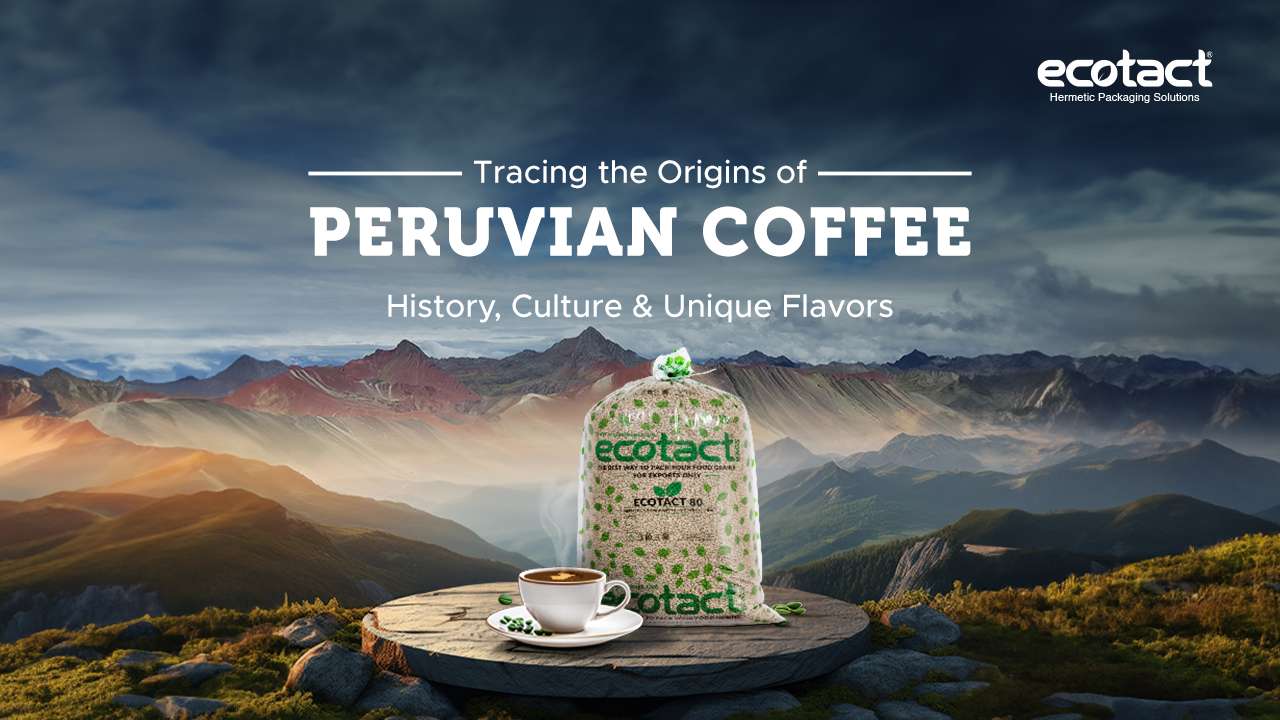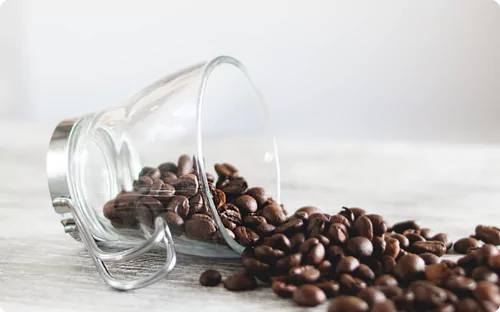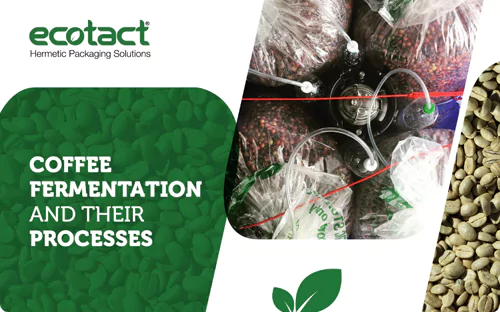From Brazilian to Colombian flavors, a delightful cup of coffee is a part of everyone’s morning! Amidst the vast options of aromatic coffee varieties available Peruvian coffee holds its own vintage charm and unique flavors! Let’s dive deep into the history of the delicious Peruvian coffee:
Rich History of Peruvian Coffee
Peru is a South American country with mountains, tropical rainforests, and coastal habitats. In the mid-1700s coffee plants were first grown in Peru. Almost all of Peru’s production, though, was for domestic consumption. However, in the late 1800s coffee rust - a devastating foliar disease of coffee plants caused by the fungus Hemileia vastatrix destroyed the then-dominant coffee plantations in Sri Lanka and Java. It was then that all the coffee connoisseurs came together to look for captivating coffee beans and Peru stood out as a likable option.
European investments in Peru's coffee farming industry brought about a remarkable upswing and England emerged as a major proprietor of the plantations. In fact coffee constituted a staggering 60% of Peru's overall exports, in the initial years of World War I, serving as the driving force behind the nation's economy. However, the turmoil of two world wars led to England’s withdrawal from Peru. It was then that the local hard-working farmers took control of the land. But due to a lack of international connections, the once-thriving growth of Peru's coffee industry experienced a significant slowdown.
Fast forward to the early 2000s and Peru's coffee industry found itself on the path to resurgence—until the devastating blow of coffee rust in 2013 emerged. Yet, among all the constant challenges a ray of hope emerged. For a long time, the Typica varietal—a historic member of the Arabica coffee trees particularly prone to coffee rust—was the most widely grown variety of coffee in Peru. Although Typica is still grown, most Peruvian farms now produce tougher Typica variants in addition to more resistant Arabica plants such as Catimor.
This tactical change ensured that the country will now be less susceptible to coffee rust outbreaks in the future, signaling an upward trajectory in the adaptation and resilience of Peru's coffee sector. Today, it’s the world’s fifth-largest exporter of Arabica coffee, and coffee beans are the nation’s second-largest agricultural export.
Distinct Flavor Notes of Peruvian Coffee
Peru is divided into three regional sections - Northern, Central, and Southern and that’s where its different flavors- lively, sparkling, or fruity arrive from:
Northern Peru
The Northern region is located near its borders with Ecuador and Colombia. Here are 5 coffee-growing regions of Northern Peru and the distinct flavors they offer:
Piura
Piura's coffee reflects the distinct character of its terroir. The coffee variety includes Caturra, Catimor, and Typica whilst the flavors swing beautifully amidst rich chocolate, caramel, and fruity notes.
Cajamarca
Caturra, Typica, and Bourbon are the coffee varieties it offers. Known for cultivating sweet and lively flavored coffees, Cajamarca delivers a delightful and sparkling coffee experience.
Amazonas
Exhibiting fruity and sweet profiles arriving from the lush surroundings of the region, it produces varieties such as Caturra, Catimor, and Typica.
Central Peru
Lima, the country's capital, is located in the center, which lies between Brazil and the Pacific Ocean. Three of Peru's coffee-growing regions originate there alongside it:
Huánuco
With aromatic and sparkling tangy and bright notes, it offers varieties that include Caturra, Catimor, and Typica.
Pasco
Due to its climatic conditions, Pasco doesn’t offer many varieties and the production is less. However, with whatever minimum varieties it offers the coffee has notes of tangy, lively, and fruity.
Junin
Elevating the coffee-drinking experience with fruity, creamy, and tangy flavor notes, Junin encapsulates varieties like Caturra, Catimor, and Typica.
Southern Peru
Located between the ocean and the nations of Bolivia and Chile, southern Peru boasts three regions producing coffee for export:
Cuzco
With fascinating climatic conditions, Cuzco lends to high-quality coffee varieties including Caturra, Typica, and Bourbon. With enriching sparkling and fruity notes, it offers a delightful journey into taste and aroma.
Ayacucho
Even though it’s a newly found region it produces high-quality lively flavors of chocolate, cereals, black fruits, and caramels. The varieties include Caturra and Typica.
Puno
Puno’s coffee growers prioritize quality over quantity. The result is a limited but exceptionally high-quality yield of the Caturra, Typica, and Bourbon coffee bean varieties.
Peruvian Coffee: Brewed With Love
In Peru, most of their coffee is produced on small farms of no more than 3 hectares, which is about 7 and a half acres. Considering these conditions Peru opted for the fair-trade movement in the beginning of 2003 and hence today the people picking the cherries, the ones who own the farms, get paid fairly, hence also famously called fair trade coffee.
Harvested and handpicked with so much care by local farmers, each of the Peruvian coffee beans is wrapped in love. We at Ecotact always aim to keep your favorite green coffee beans or any other to stay as aromatic and fresh as they were when harvested. Hence, our hermetically sealed bags which are also reusable ensure that every bean of the coffee is protected.
This premium packaging for green coffee beans makes sure that the aroma and deliciousness of every green coffee bean are locked in. Maintaining farm-freshness; these green coffee bean bags are also crafted as large vacuum-seal bags therefore allowing you to relish the joyful sips of - Peruvian Coffee.
 French
French
 English
English Spanish
Spanish


